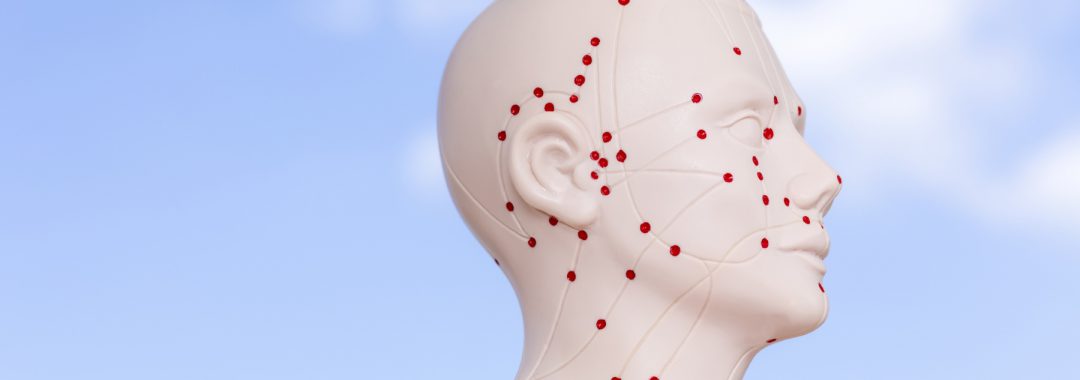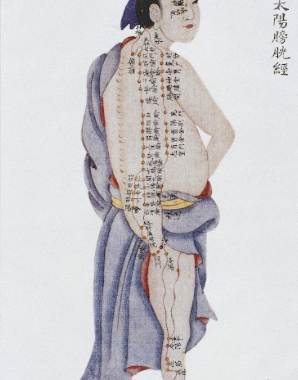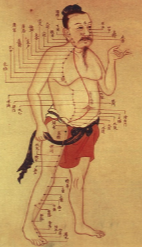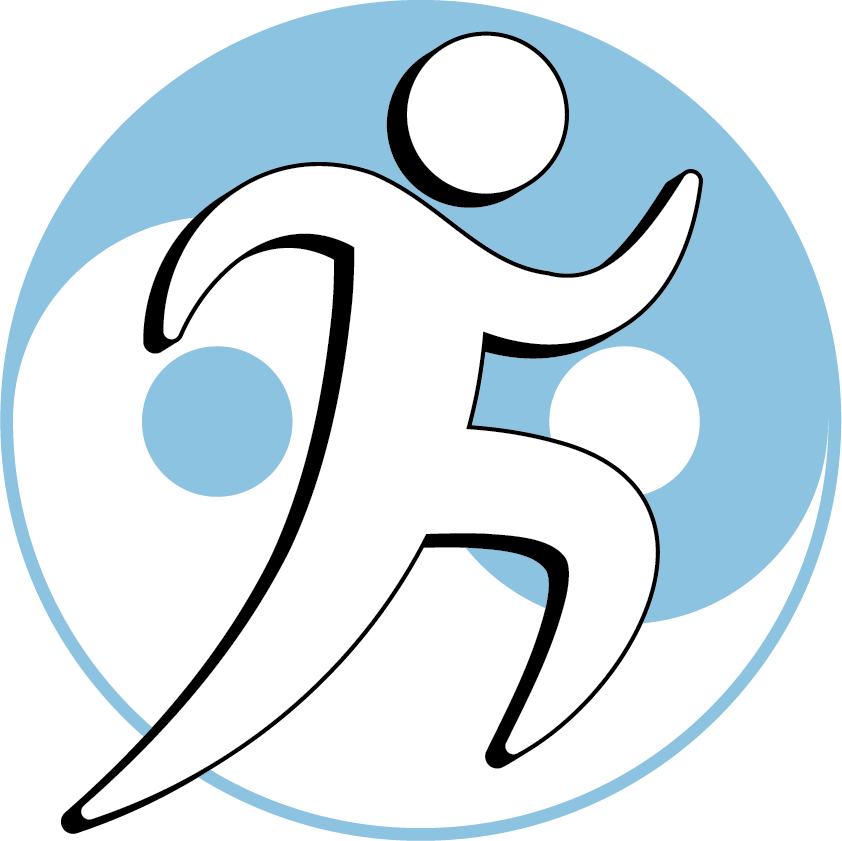Open to access this content
Category Archives: Distance-learning/Self-Paced Courses
Acupuncture Treatment of the Jing-Jin (“Sinew Meridians”): Introduction — Distance Learning Self-Study Course
Open to access this content
Introduction to Orthopedic Acupuncture – Class Notes & E-book
Open to access this content
Overview of Acupuncture Orthopedics: Road Maps to Clinical Success — Class Notes & E-book
Open to access this content
Introduction to Orthopedic Acupuncture – Slideshow
Open to access this content
Overview of Acupuncture Orthopedics: Road Maps to Clinical Success — Slideshow
Open to access this content
Report-Writing for Managed Care: HMO, Personal Injury, Work Comp – Class Notes, Ebook, and Video
Open to access this content



